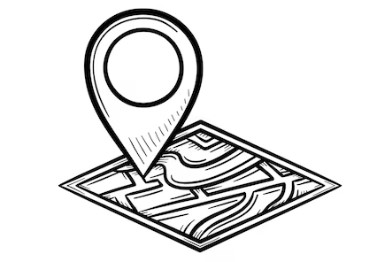Top 10 Tools for Language Localization in 2025
As global markets expand, the demand for efficient language localization and translation tools has skyrocketed. Whether you’re launching a multilingual website, software, or mobile app, having the right localization software can significantly reduce time-to-market and improve user experience across regions.
In this blog, we explore the top 10 language localization tools that are reshaping how businesses manage international content.

1. Smartling
Best for: Enterprise-grade localization with automation
Features:
- AI-powered translation workflows
- Real-time visual context for web and app content
- Integrations with Adobe, Figma, GitHub, and CMS platforms
Why It Stands Out: Smartling is ideal for enterprises needing scalable, automated translation with robust content localization features.

2.Lokalise
Best for: Agile product teams and developers
Features:
-
Cloud-based collaborative translation
-
In-context editing
-
API and CLI for continuous localization
-
Use Case: Perfect for mobile apps, SaaS platforms, and websites undergoing frequent updates.

3. Phrase (formerly PhraseApp)
Best for: Software and website localization
Features:
-
Easy string management for developers
-
Git integration
-
Customizable translation workflows
Why Choose Phrase: Offers strong version control and integration for CI/CD pipelines.

4. Transifex
Best for: Tech teams managing complex localization projects
Features:
-
String-based translation system
-
REST API for automation
- Collaboration tools for translators and developers
- Highlight: Powerful platform for global digital products, especially tech-driven businesses.

5.memoQ
Best for: Translation agencies and LSPs
Features:
-
CAT tool with translation memory
-
Terminology management
-
Quality assurance tools
-
Localization Advantage: Offers powerful features for professional linguists and project managers alike.

6.SDL Trados Studio
Best for: Experienced translators and large-scale translation projects
Features:
-
CAT tool with extensive plugin ecosystem
-
QA checks and terminology tools
-
TM and MT support
Note: A long-standing favorite in the professional translation industry.

7.Crowdin
Best for: Open-source projects and software localization
Features:
-
GitHub/GitLab integrations
-
Auto-sync and in-context previews
-
Community translation support
Popular Among: Tech startups and open-source developers.

8. Memsource (Now Phrase TMS)
Best for: Tech teams managing complex localization projects
Features:
-
String-based translation system
-
REST API for automation
- Collaboration tools for translators and developers
- Highlight: Powerful platform for global digital products, especially tech-driven businesses.

9.Weglot
Best for: Quick multilingual website setup
Features:
-
No-code integration for websites
-
SEO-friendly multilingual URLs
-
Human & machine translation options
Best Use: Ideal for SMEs and e-commerce websites expanding globally.

10. POEditor
Best for: Simplicity and affordability
Features:
-
Online PO file editor
-
Collaborative translations
-
API and GitHub integration
-
Why It Works: Straightforward tool for managing string translations for apps and websites.

How to Choose the Right Localization Tool?
When selecting a language localization tool, consider:
-
Project type (web, app, documents)
-
Team size and collaboration needs
-
Integration with existing tools
-
Budget and scalability
-
Machine vs. human translation options

Why Localization Tools Matter ?
Best for: Simplicity and affordability
Features:
-
Online PO file editor
-
Collaborative translations
-
API and GitHub integration
-
Why It Works: Straightforward tool for managing string translations for apps and websites.
Quadrate’s Expert Translation & Localization Services
While tools are essential, expert translation ensures cultural accuracy and context.
At Quadrate, we combine AI-powered tools with certified translators to deliver:
-
Technical and software localization
-
Website and e-commerce localization
-
Regulatory compliance translation
-
Multilingual content strategy development
Partner with Quadrate to expand globally with confidence.
When selecting a language localization tool, consider:
-
Project type (web, app, documents)
-
Team size and collaboration needs
-
Integration with existing tools
-
Budget and scalability
-
Machine vs. human translation options

Conclusion
Language localization is no longer optional—it’s a necessity for brands aiming to go global. These top 10 tools empower businesses to localize content efficiently, maintain brand consistency, and connect with international customers on a deeper level.
Choosing the right language localization tool is essential for any business entering new markets. These top 10 platforms can drastically improve the efficiency, accuracy, and scalability of your localization process. Investing in the right tool—alongside professional services like those at Quadrate—ensures that your global content strategy thrives in 2025 and beyond.
Connect with us on LinkedIn for updates and industry insights.

